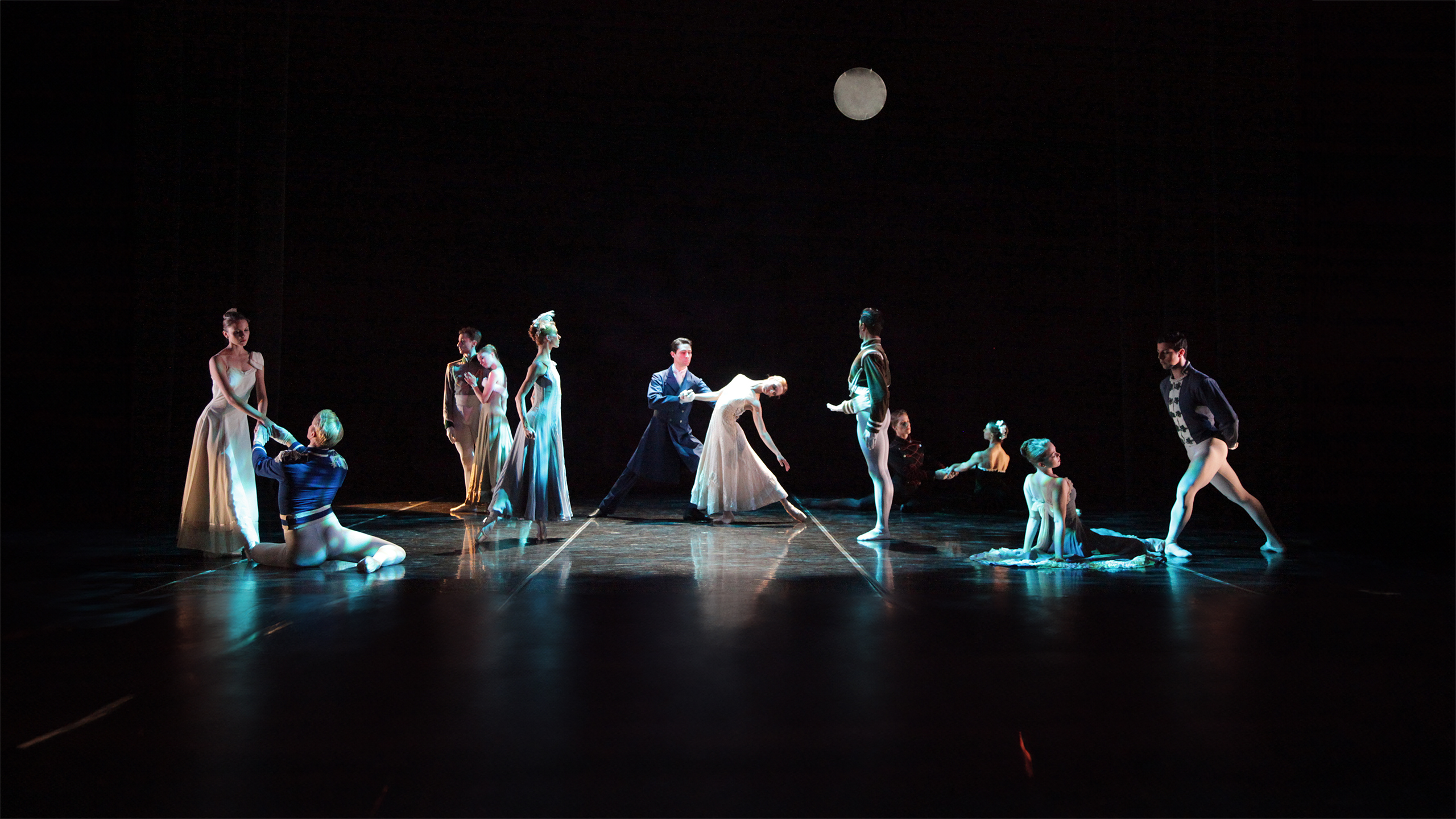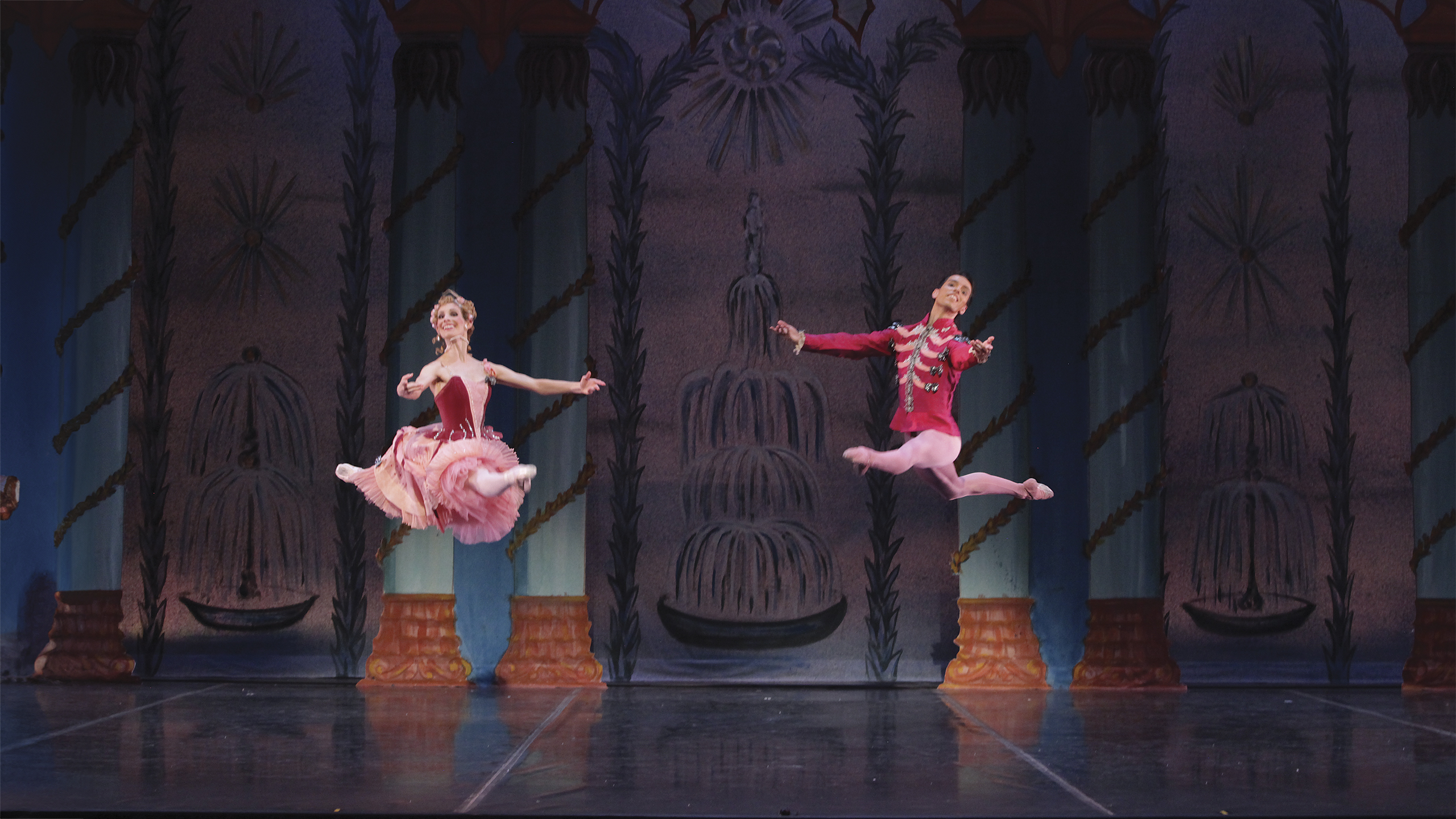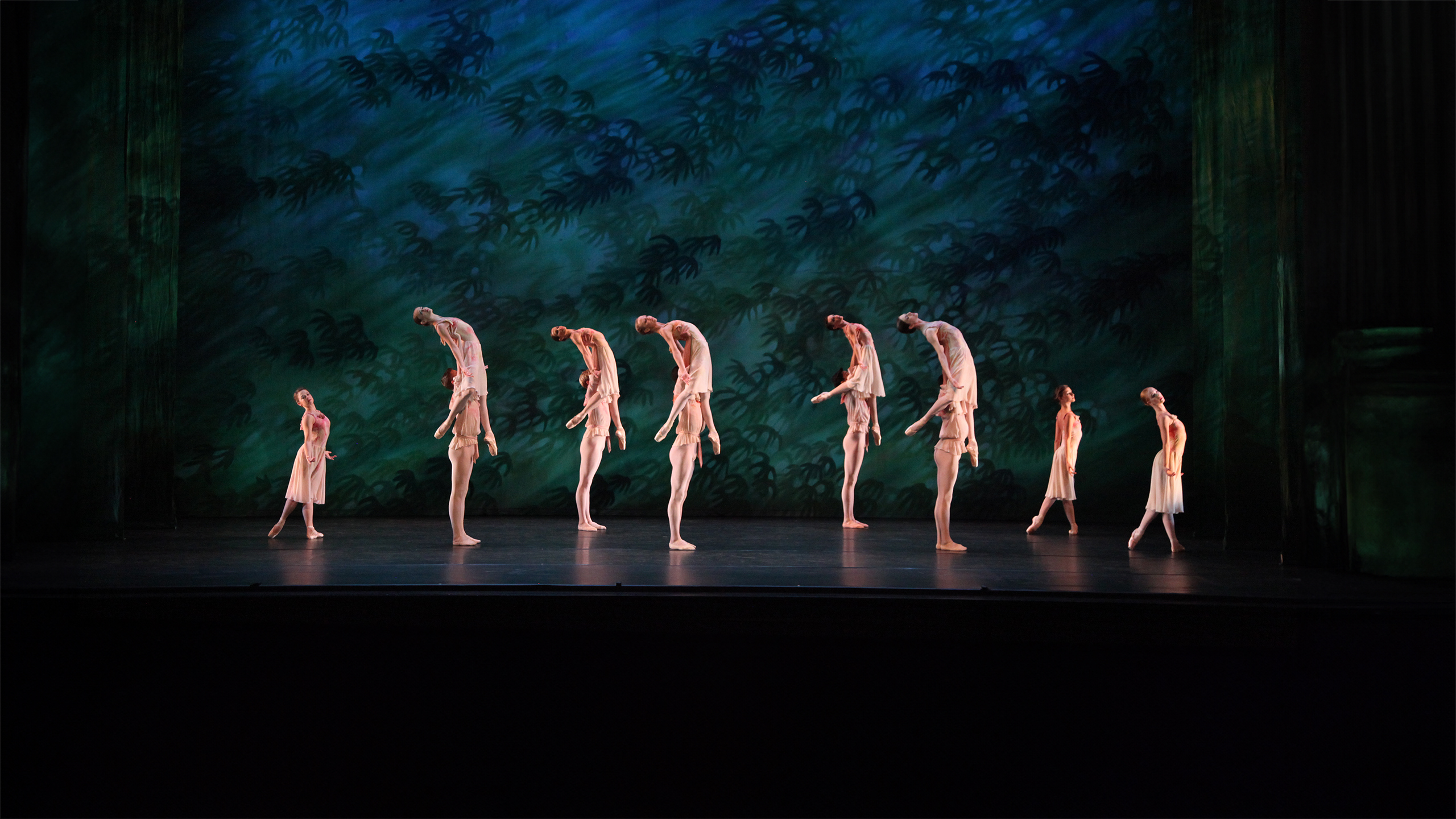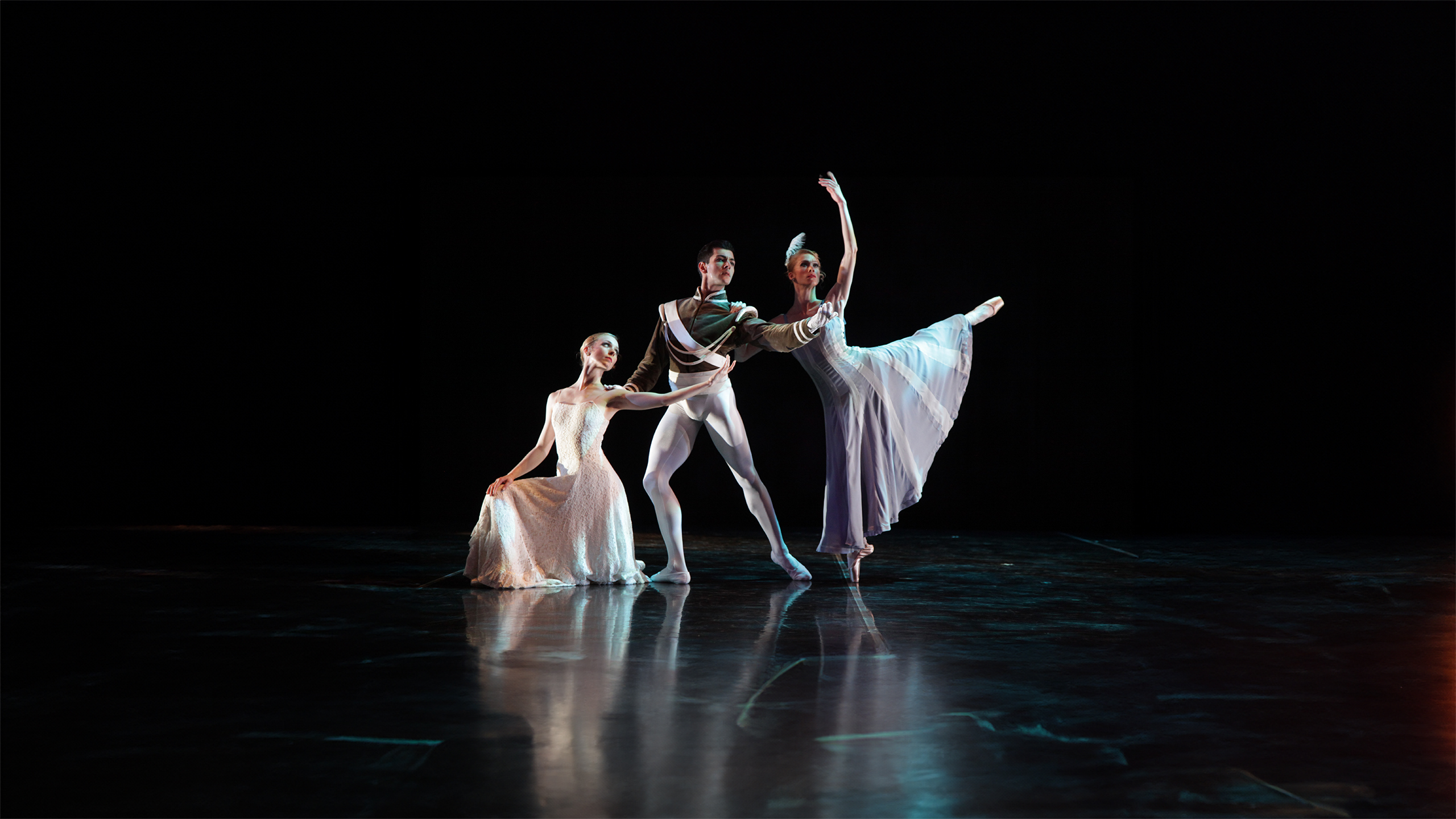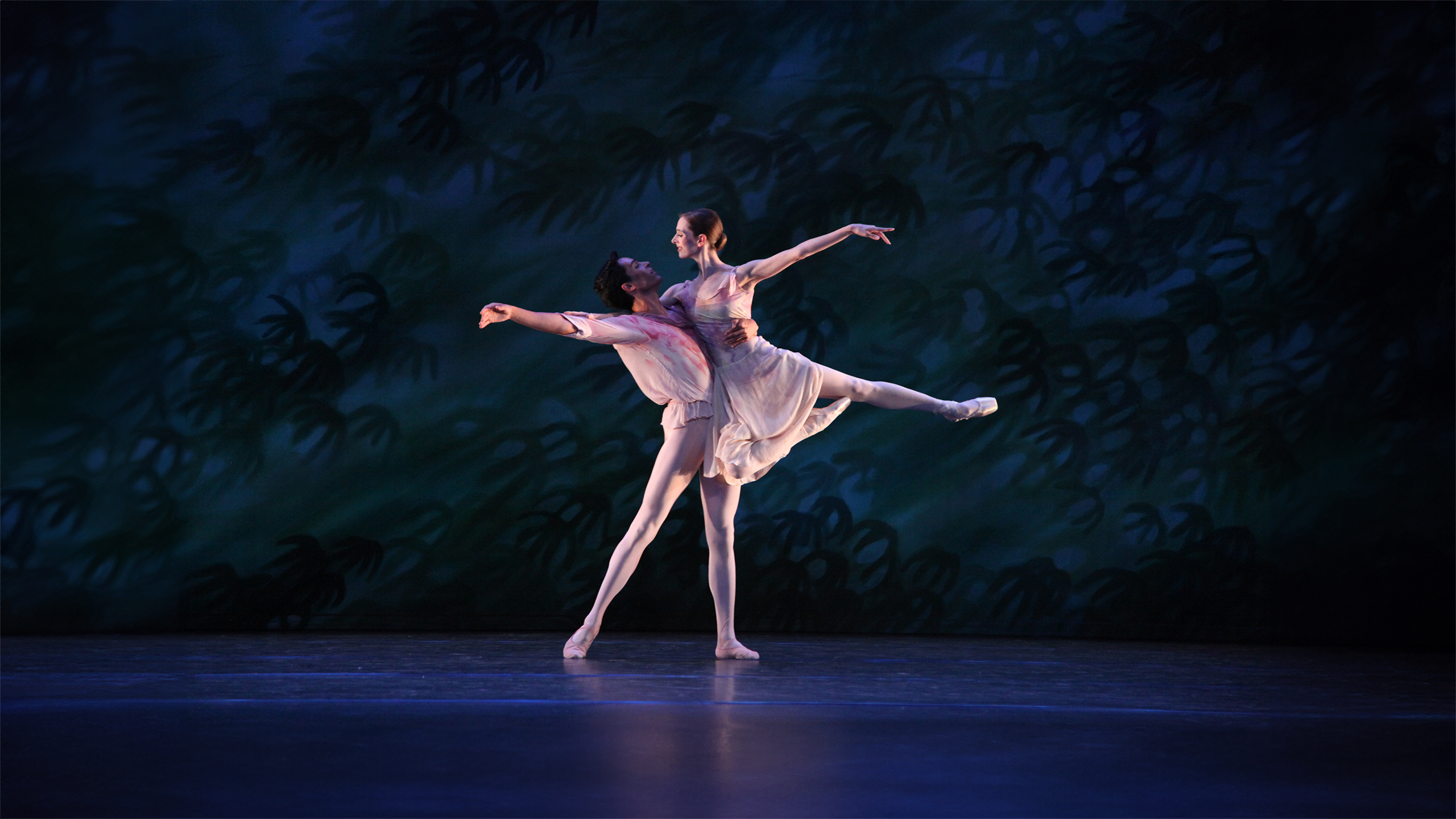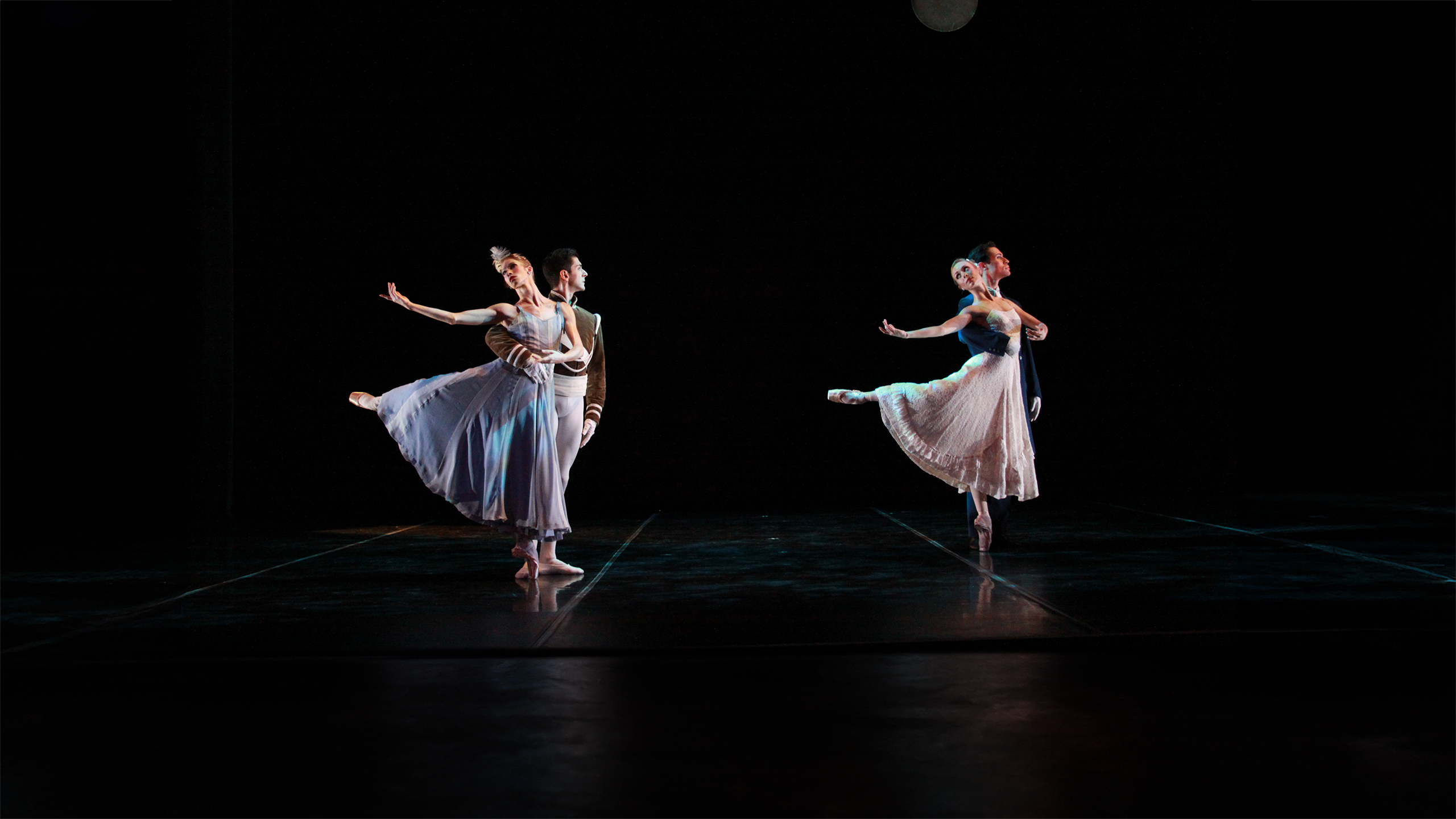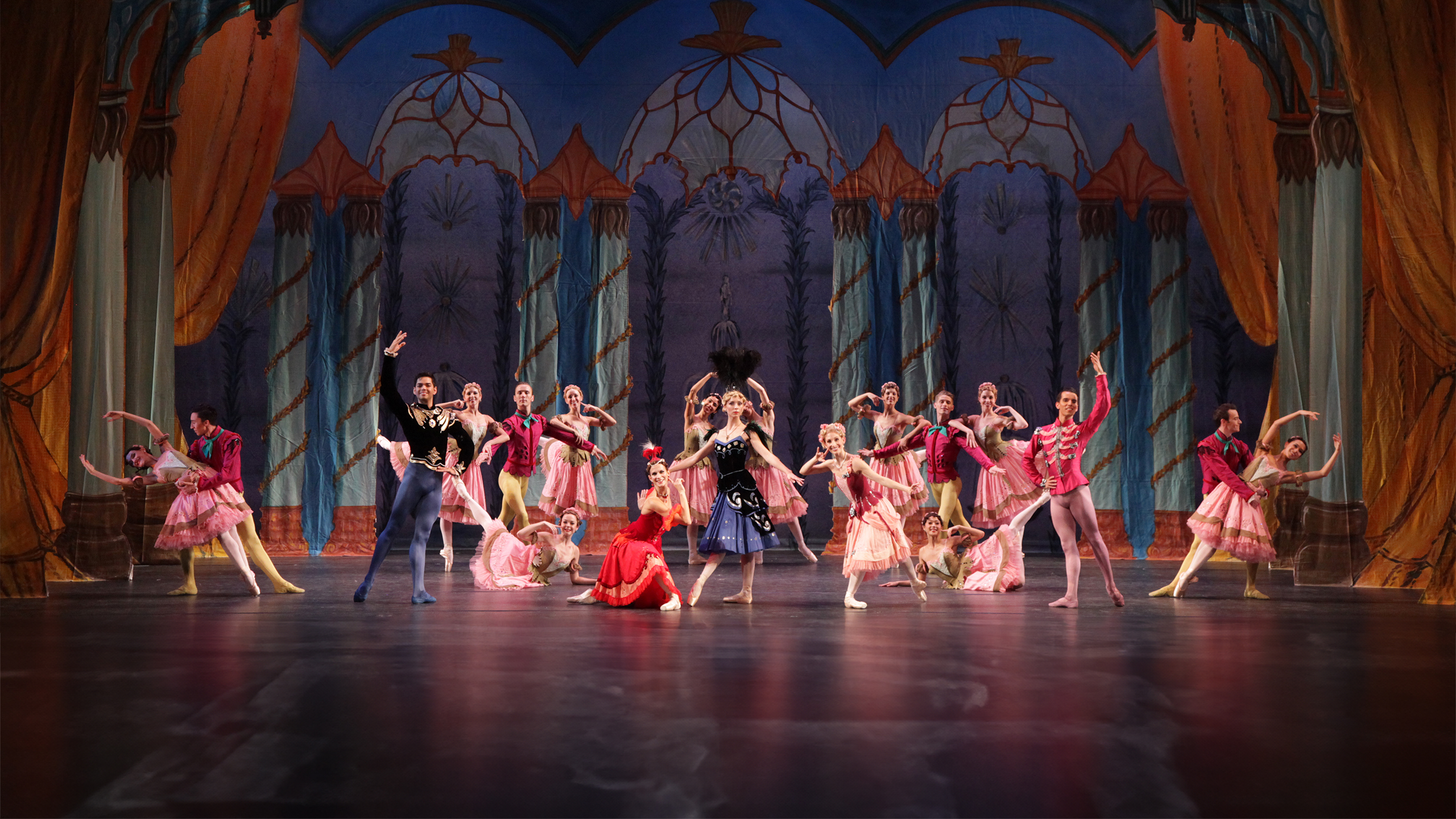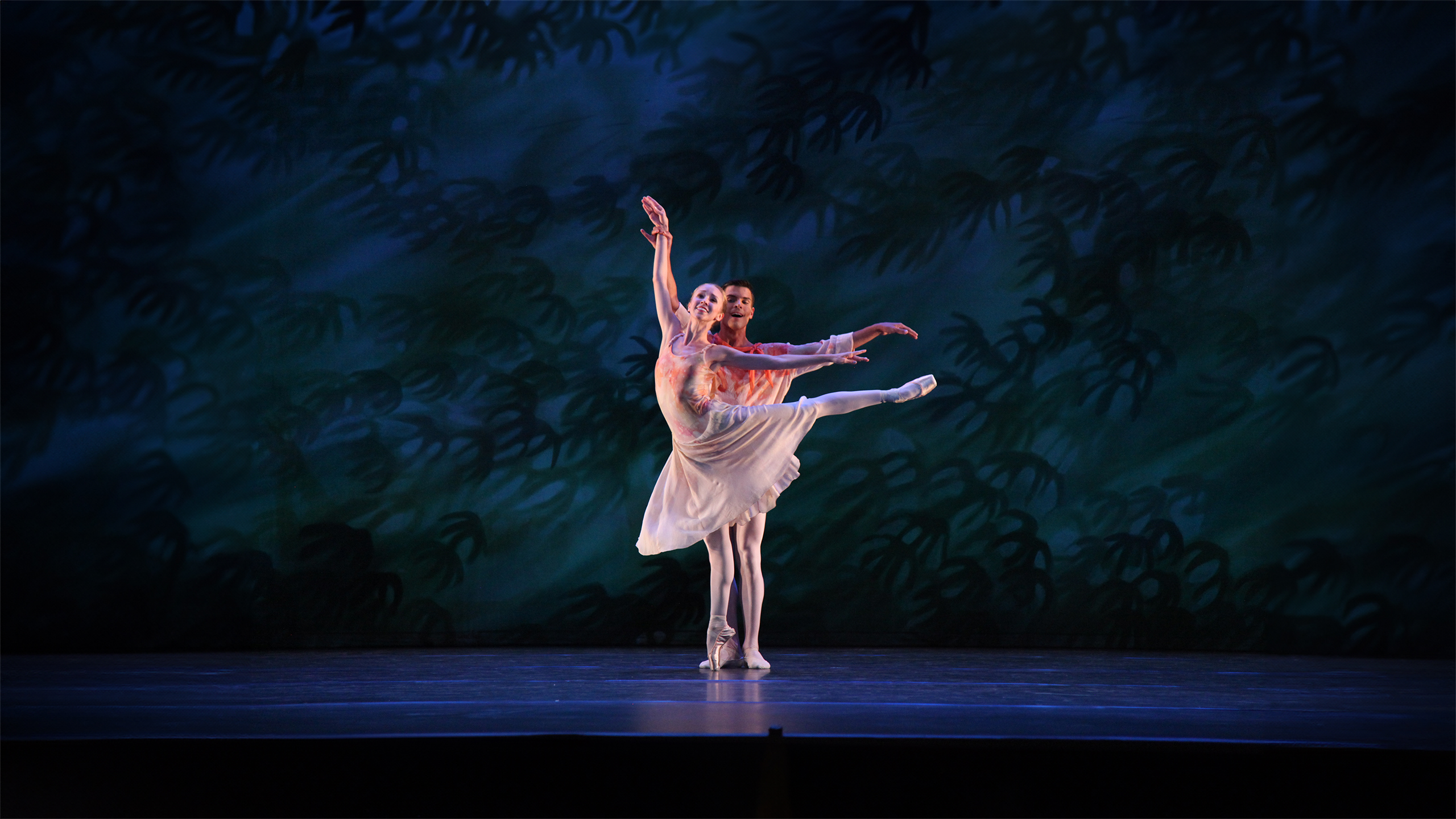Choreographer | Antony Tudor
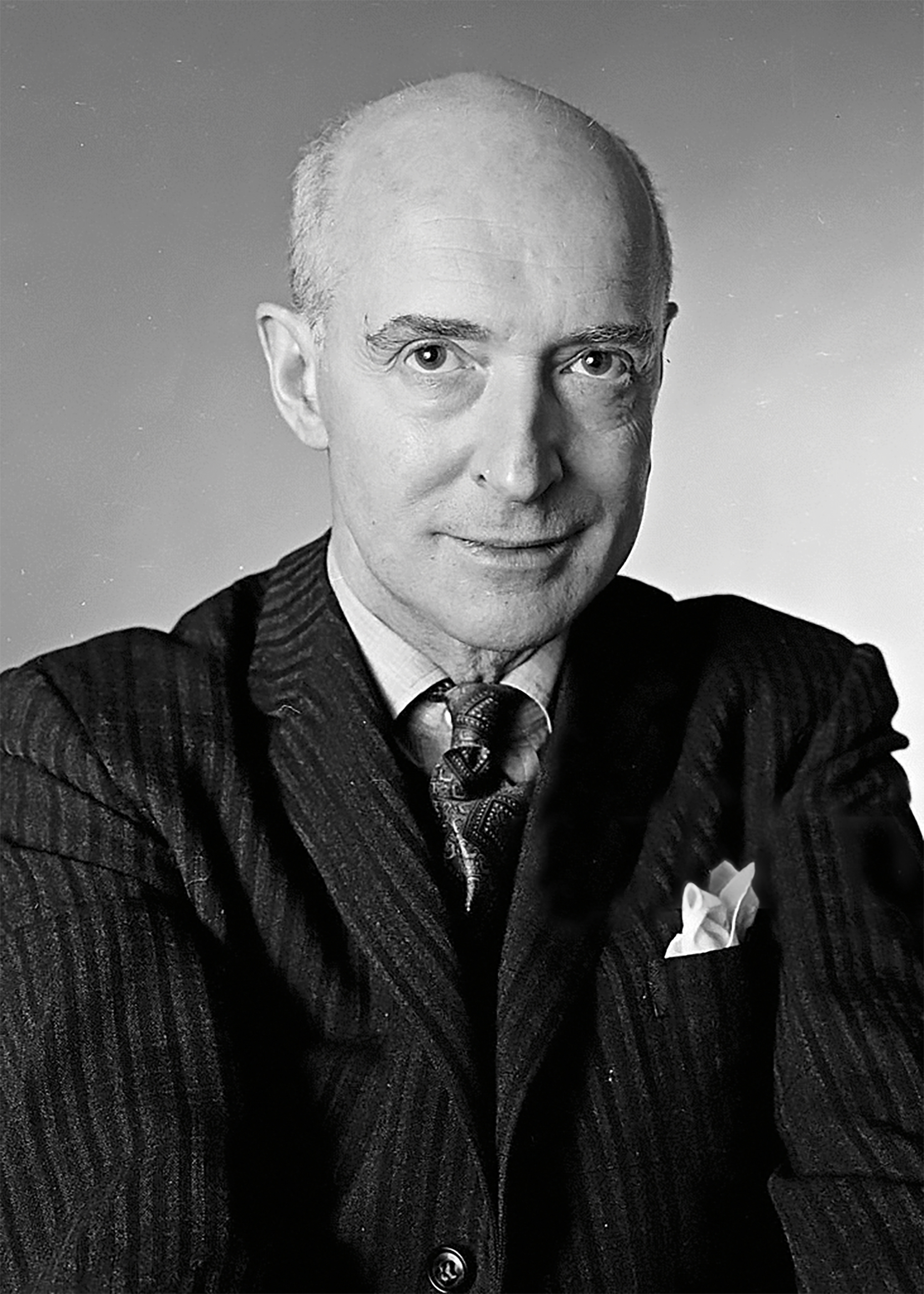
Antony Tudor
It certainly needed Marie Rambert’s inspired gift for talent spotting to recognize the potential genius of 19-year-old William Cook (born 1908 in London), an invoice clerk at Smithfield Market. Dance-mad, stage-struck, and determined, he came to Rambert at the suggestion of Cyril Beaumont for ballet lessons after his day job ended and stayed to become her stage manager, assistant teacher, pianist, and general factotum. Despite this late start, Antony Tudor, as he called himself professionally, rose rapidly through the 1930s to become the most serious British choreographic rival to Frederick Ashton, another Rambert discovery who moved from her Ballet Club to a future with Ninette de Valois’ emerging Vic-Wells Ballet.
Tudor’s 1931 choreographic debut Cross-Garter’d (based on Shakespeare’s Twelfth Night) earned praise from Massine and was followed by more ballets, including Lysistrata, Adam and Eve (1932) and The Planets (1934) before the mature successes of Lilac Garden (1936) and Dark Elegies (1937), and the more entertaining Judgement of Paris and Gala Performance (1938).
In 1938, chafing under Rambert’s demands, Tudor formed London Ballet with Andrée Howard, Agnes de Mille, and his lifelong partner Hugh Laing. In 1939, as the war engulfed Britain, Tudor left London Ballet in the hands of Peggy van Praagh and accepted Lucia Chase’s invitation to join the newly formed Ballet Theatre in New York. He remained the Resident Choreographer for ten years, restaging some of his earlier works and creating new ballets, including the seminal Pillar of Fire (1942).
Tudor retired from dancing in 1950 to direct the Metropolitan Opera Ballet School and teach at The Juilliard School and UCLA while continuing to choreograph works for the New York City Ballet (1951-52) and the National Ballet of Canada. He was Artistic Director of the Royal Swedish Ballet (1963-64) and continued to travel worldwide, creating ballets, teaching, and inspiring widely, rejoining the American Ballet Theatre as Associate Artistic Director in 1974. Among his later major works is The Leaves Are Fading (1975) to elegiac Dvořák music.
A committed Zen Buddhist, Antony Tudor succumbed to a heart attack on Easter Sunday, 1987, and died, greatly respected, at the age of 79 in New York. As one of the 20th century’s most important choreographers, his work has been characterized as psychologically, emotionally, and dramatically profound, full of a deeply felt understanding of the human heart and condition.
